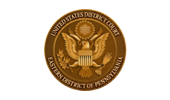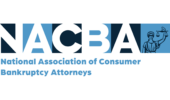How much do parents borrow for their children’s education? It seems, more and more. And with millennials growing older, parents may end up taking new college loans for their children before paying back their own loans.
The College Scorecard is a website belonging to the U.S. Department of Education. It allows parents and students to look up a college to see how many students take out federal loans and how much they borrow. For the first time, the website provides information about how much parents are actually borrowing. And parents are borrowing a lot.
The federal government sets a cap on how much students may borrow for their own education. However, there is a separate program called Parent PLUS Loans that lets parents of undergraduates borrow an unlimited amount directly from the federal government . As a result, parent loans are often much larger than their children’s. PLUS loans allow colleges to fill the gap between what parents able to contribute and what colleges charge.
Parent PLUS Loans may be used at public, private and for profit colleges. It is rather easy for low income parents to qualify for these loans except if they have a bad credit history, like a defaulted loan or late bill payment. However, having no credit history is no barrier to receiving a Parent PLUS Loan.
Many parents are willing to take the risk that their children will be able to pay back the loans. They are willing to sacrifice to give their children a shot at a college degree. But at many colleges, graduation is far from guaranteed. Older parents can see their Social Security checks garnished if they default on Parent PLUS Loans.
The College Scoreboard is a useful tool that allows parents and students a window into which institutions will put them at greatest risk.










 View Our Avvo Profile
View Our Avvo Profile
